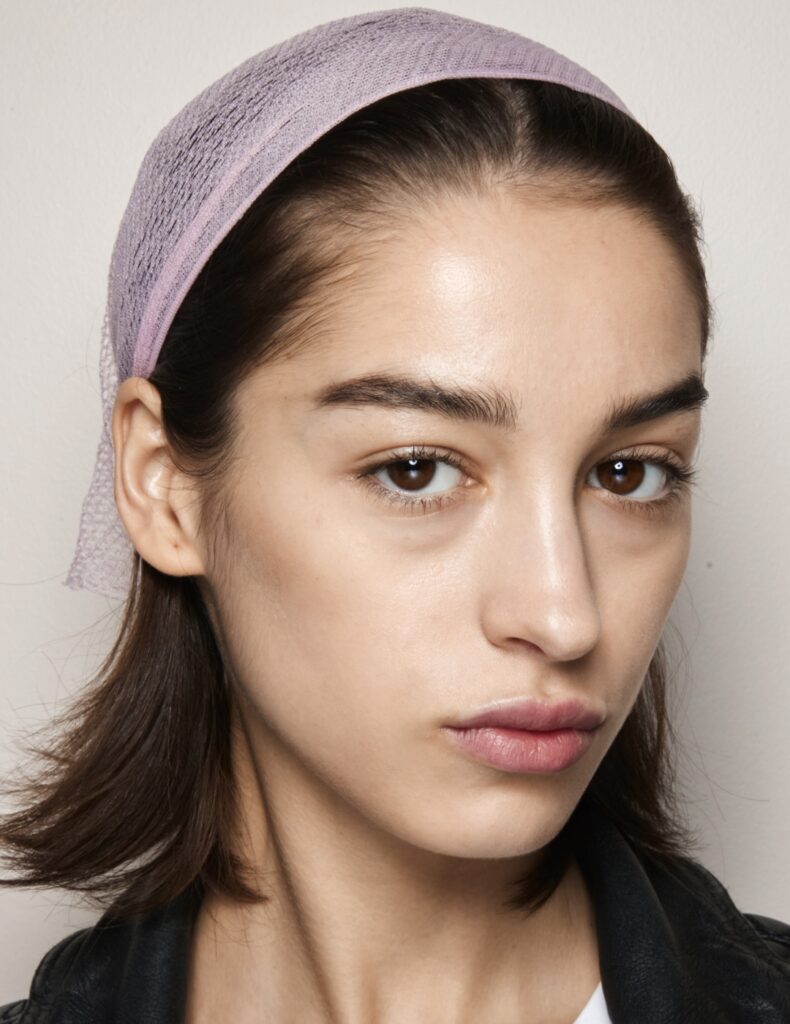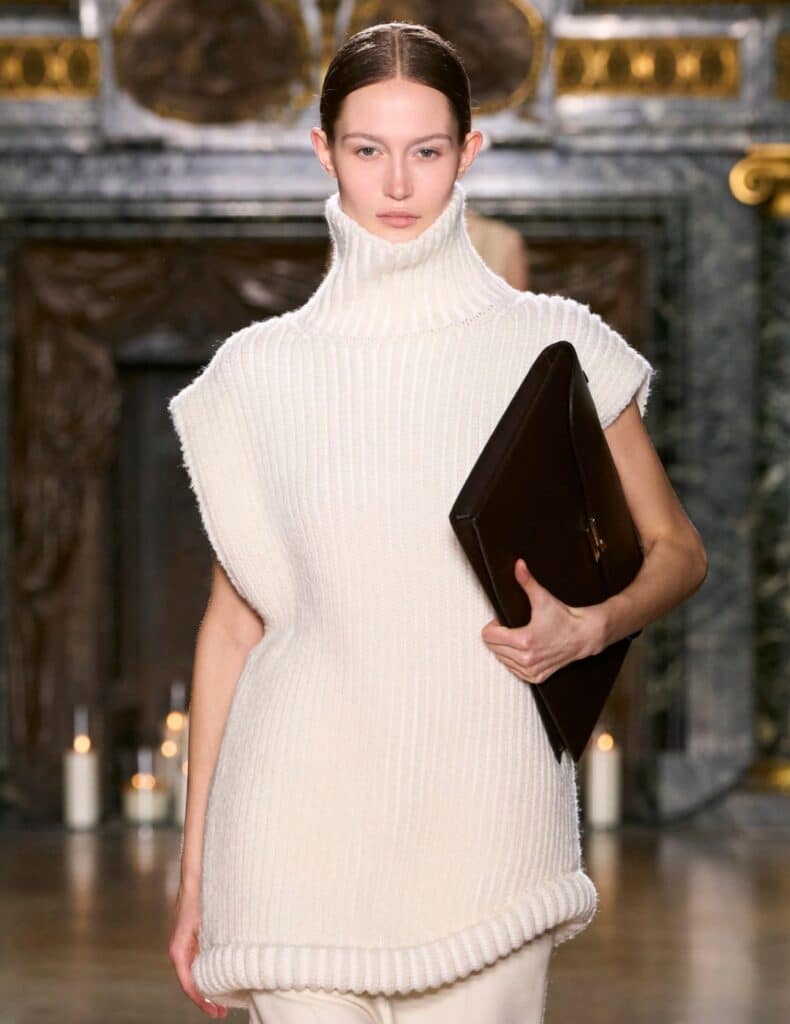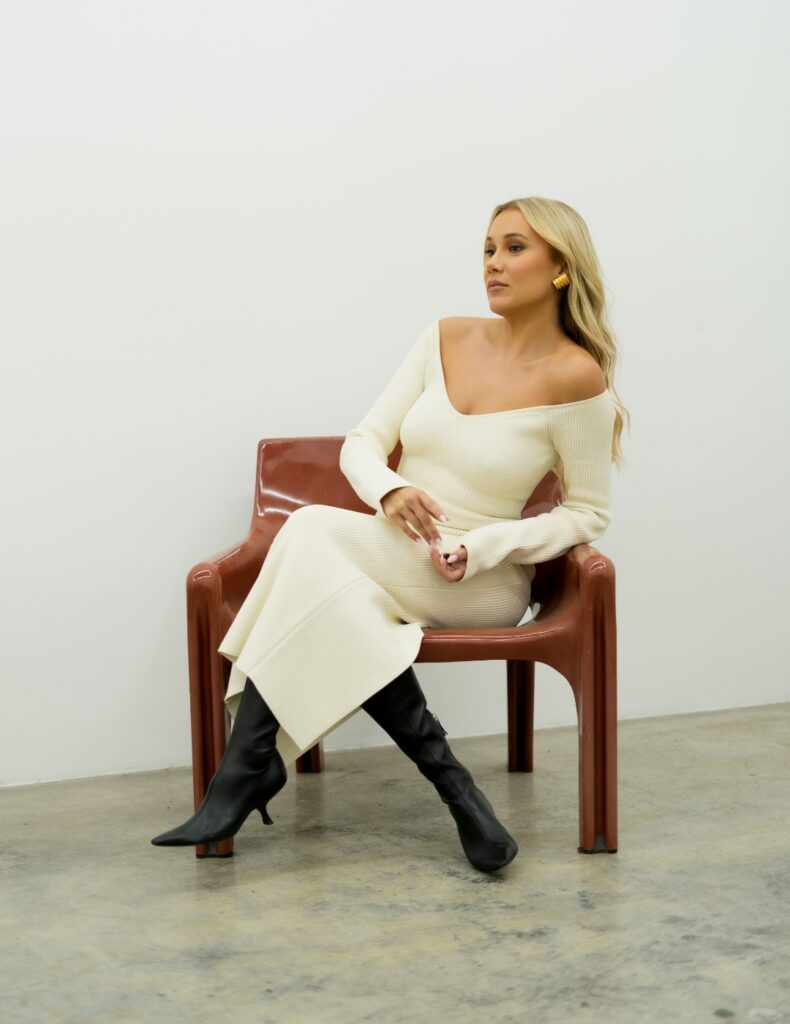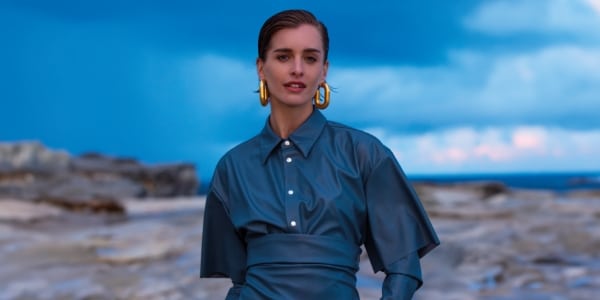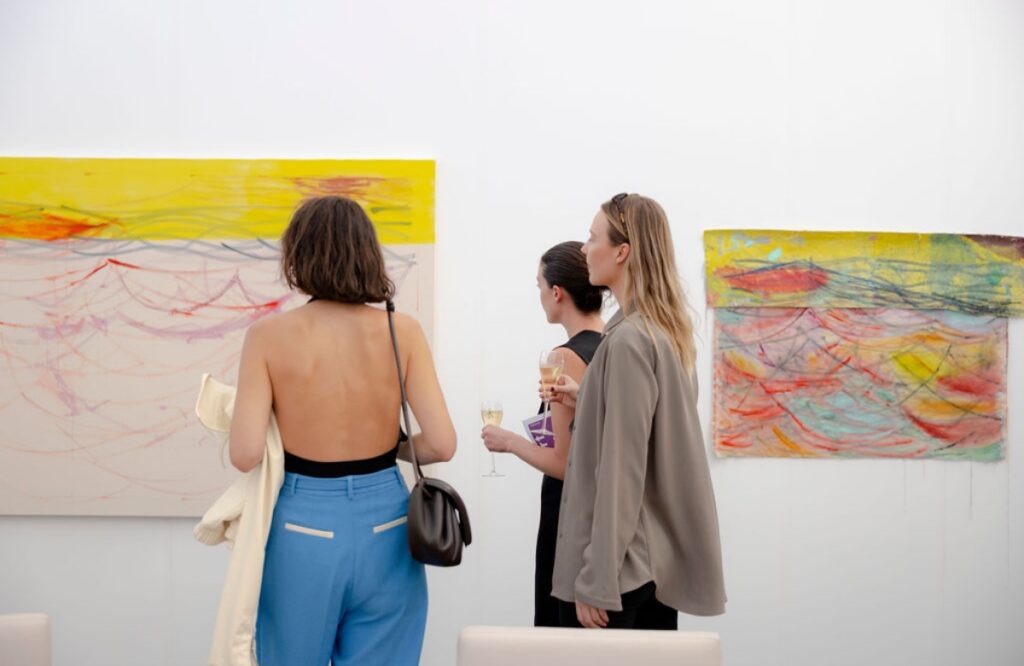
There’s a lot to consider before entering into the realm of art investment, but as designers Paris Mitchell Temple and Sarah Harris Gould show, it’s a rewarding venture that can bring you both wealth – however you define it – and personal fulfilment.
In conversation with the designers on their respective journeys, we also hear from Aotearoa Art Fair VIP Liaison Manager, Sue Waymouth, on her expert advice to get started, uncovering the intricacies of entering the art market, decoding its language, and seizing opportunities.
While investing in art should rely on reasoned judgement, its’ also an emotional decision according to Waymouth. “You have to love living with the art you buy, but there are some key things to look out for,” she says.
In other words, doing your homework. “It is worth researching where the artist has exhibited, [and asking] have they shown at any public art institutions such as Auckland Art Gallery Toi o Tāmaki, or with a respected gallery? Have they won any art awards or residencies such as the Frances Hodgkins Fellowship, McCahon House Residency, or the Walters Prize?” she adds.
For Wayworth, her process involves following the artists on social media, signing up to gallery mailing lists, and reading art magazines. “Going to exhibition openings and meeting the artists is also an excellent way to understand the quality and the thinking behind an artist’s work.”
“Art Fairs like the Aotearoa Art Fair and the Sydney Contemporary give you access to all the galleries under the same roof and allow you to see a range of artwork from emerging to established. Often, there are artists and curators there to talk to, and you should ask the gallery owner lots of questions.”
So, if you’d like to know how much you need to get started, discover the hallmarks of a good investment, the dos and don’ts at auctions, and the difference between prints and originals, continue reading below for your crash course in art investment.
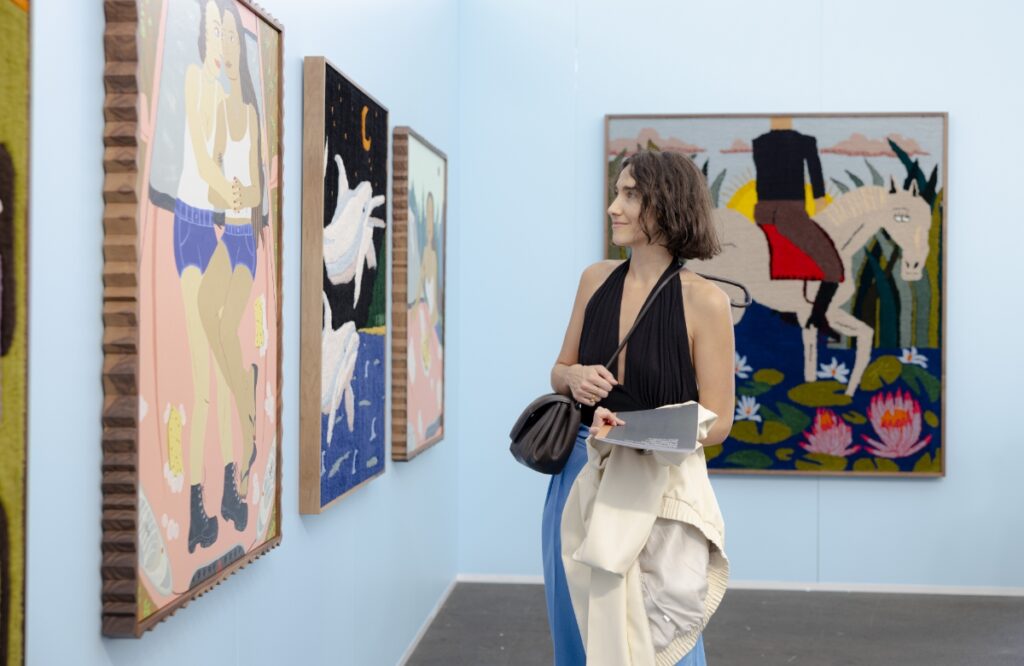
Art investing 101 with Sue Waymouth
For someone new to investing in art, what should we keep in mind?
Don’t just look to buy art that is popular at the time, as it doesn’t necessarily mean it is a good buy. Again, it comes back to researching the artist and their practice. Keep an eye on the prices their work is getting at auctions and gallery exhibitions, and ask the gallery owners about what earlier works have sold for.
When buying at art auctions remember that the estimated price is only a guide and you need to include the additional buyer fees. I prefer to purchase work that is part of a dealer gallery exhibition or from an Art Fair rather than from a gallery’s stockroom (although occasionally there are some goodies in there too!).
Before an Art Fair, it is worth asking the dealer galleries what work they will be showing and have an idea of the artists you want to have a look at before you go into an Art Fair. Have a budget in mind and ask the gallery if you can pay it off, or you can use My ART, which is a great way to get the piece you want with an interest-free loan, and the artist will get paid upfront. Plus, of course, don’t buy art on a boat cruise or art to match your couch! Keep in mind where you are going to hang the art. If your house has lots of light, photography and delicate paperwork may not be the best option.
Realistically, how much money do you need to get started?
You can find some great work which is within $2-5K. Even established artists such as Elizabeth Thomson at Two Rooms Gallery have beautiful smaller pieces like her bronze moths which start at around $2.5k. An emerging artist like Rhea Maheshwari with Bergman Gallery starts at around $500-$1000. Photography and limited edition screen prints are a good way to start investing, especially good quality ones like the Gordon Walters limited edition screen prints from STARKWHITE gallery, which often go up in price over time. McCahon House has a great online shop with some affordable gems from the artists while they were in residence. Auckland Art Gallery also has a fantastic limited edition lithograph from renowned artist Brent Harris for under $2000. It is also a good idea to save up and buy something you love rather than lots of smaller pieces.
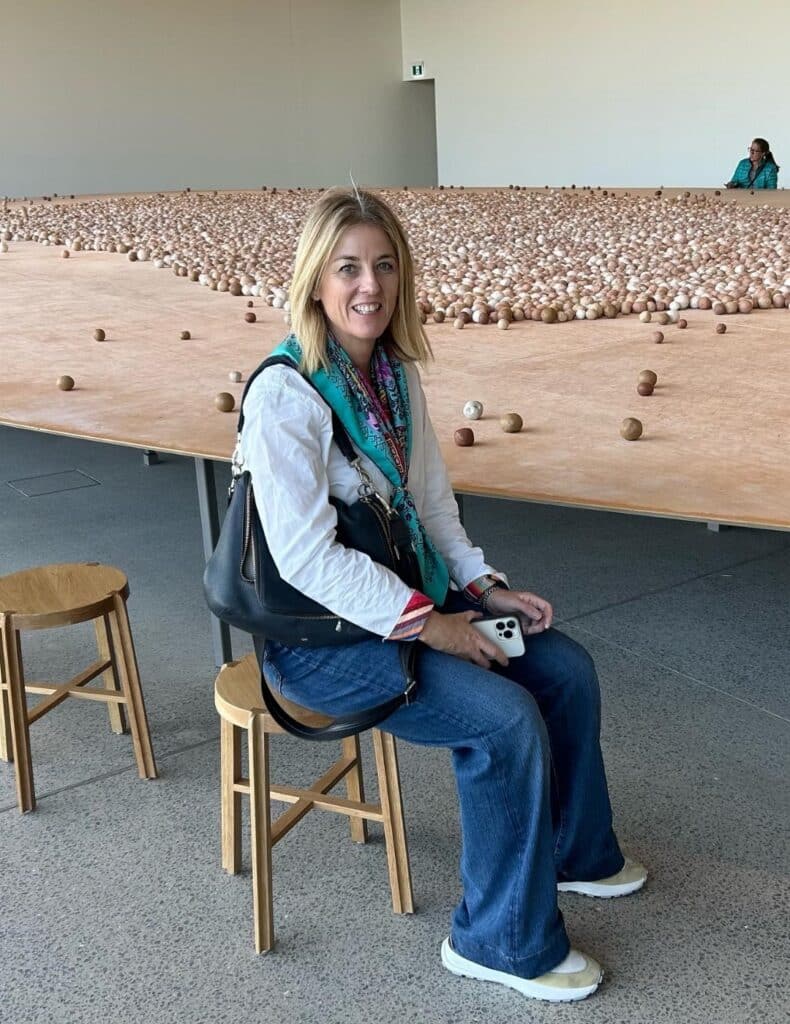
Can you talk us through the difference between prints and originals?
There is a big difference between prints and screen prints. Screen prints are produced by hand and are labour intensive, with layers of ink applied with a stencil onto the surface. They are usually produced in limited editions and are much more valuable than prints which are produced en masse by a machine. Original artwork, where it is a one off, is great to buy, if you can afford it but sometimes a high quality screen print produced on archival paper and framed with UV protection glass can be just as good of an investment.
What are some great New Zealand artists to keep an eye on?
My list is long! I love the painterly, although a little spooky, paintings of Hannah Ireland and the incredible pigments and colours of the works of Hamish Coleman and Milli Jannides. Some New Zealand artists are doing incredibly well overseas, especially Fiona Connor, Kate Newby, Emma McIntrye, Simon Denny, Zac Langdon-Pole and Yona Lee. They would all be great investment pieces if you can afford them. I want to get my hands on works by Nikau Hindin and Ruakua Turei and John Pule. Julia Morison and Gretchen Albrecht are also among my favourites.
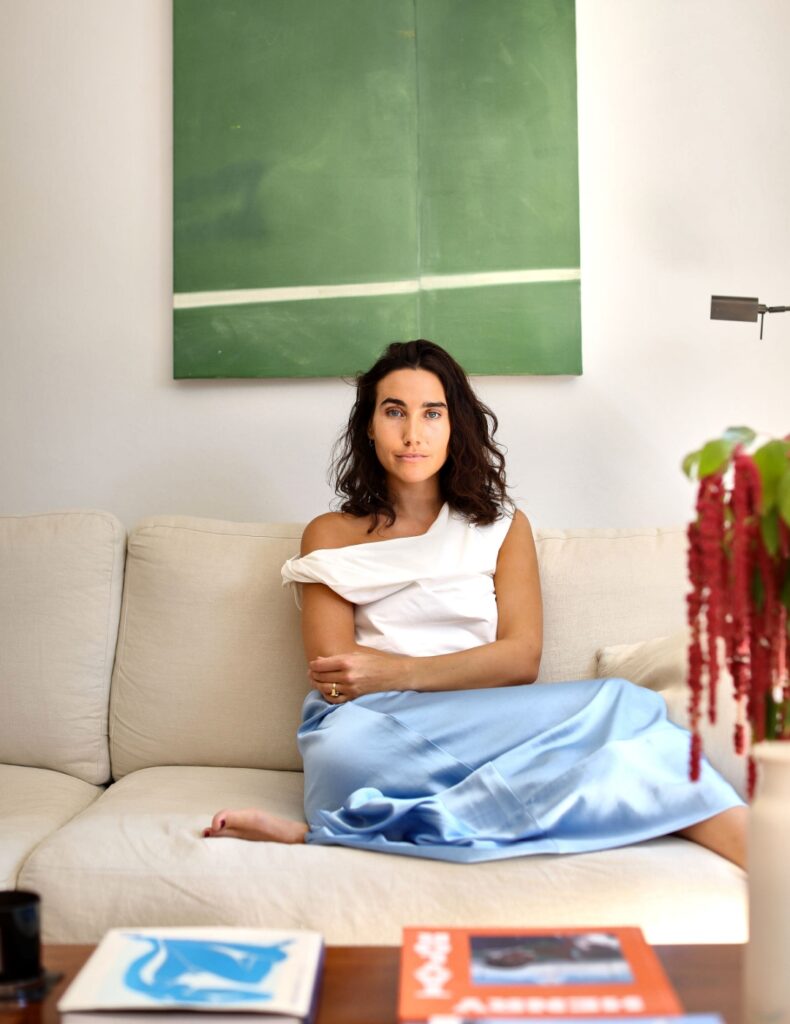
Collector profile: Paris Mitchell
Designer, Paris Georgia
Tell us about the role art plays in your life?
Artists are the most discerning thinkers, to have a home filled with artists’ vision and creativity is such a privilege. It’s what makes a home, my world would feel so much smaller without it.
What was the first piece that you invested in and why?
An Andrew Barber painting. Barber is the most glorious painter, his landscapes are mesmerising.
What do you look for when considering a new piece?
An emotional connection to the work but also the artist. It’s nice to both learn about and support their practice.
What’s your advice for introducing art into your home?
It can feel daunting to collect art but when you have an emotional connection with a work I think it’s important to trust that. People get deterred, worrying if they can live with a piece forever or where it’ll go in their home but I think acting impulsively is the best way to buy art – and to remember there’s the possibility you can pay it off over a period of time.
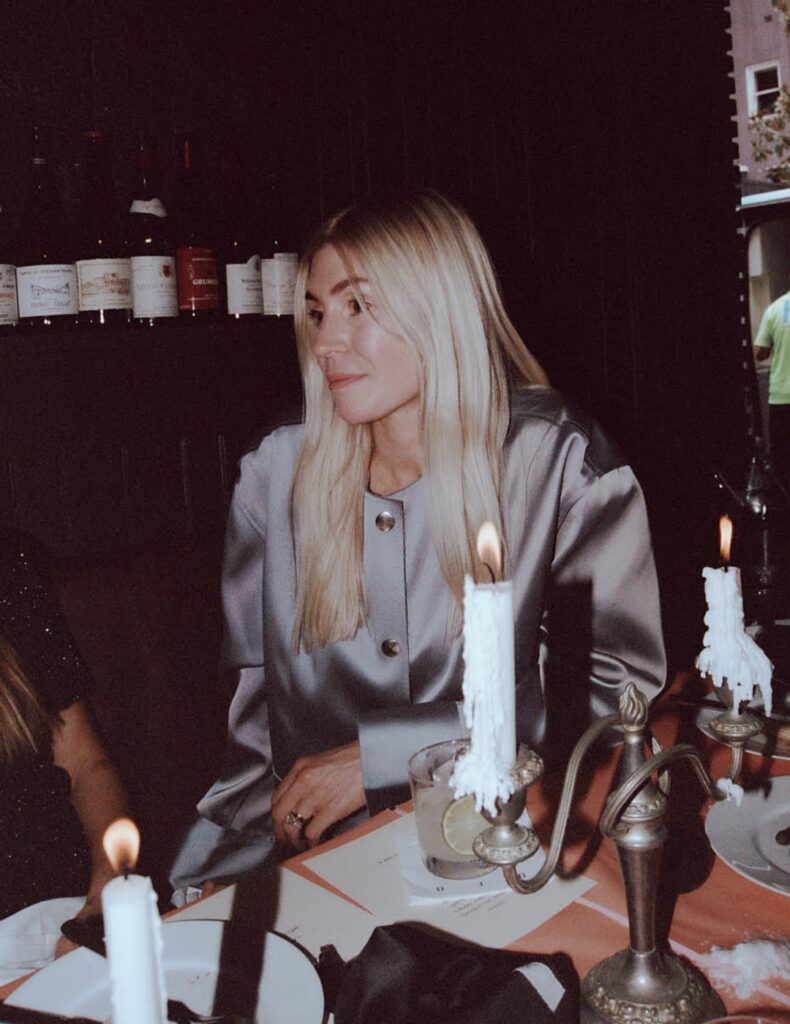
Collector profile: Sarah Harris Gould
Designer, Harris Tapper
Tell us about the role art plays in your life?
Art is an educator, an investment and a source of daily joy for me.
What was the first piece that you invested in and why?
My husband, Harry, and I made our first investment together after we had bought our own home. It’s a small Johl Dwyer resin piece from Tim Melville Gallery. Tim was so patient with us and guided us through our first purchase. We had seen some of Johl Dwyers earlier work but loved the calming quality of this piece.
What do you look for when considering a new piece?
On the spectrum of enjoyment vs. investment I sit in the middle. For me each piece needs to be a considered investment but also one that I love or provokes some sort of positive emotion.
What’s your advice for introducing art into your home?
Art is someone else’s creative expression so I think you have to find your own connection to the work if it’s to live in your home. It’s also a beautiful way to bring colour and interest to your home that is less permanent and can move from home to home with you.
Aotearoa Art Fair
Aotearoa New Zealand’s premier showcase for contemporary art returns to the Viaduct Event Centre in Auckland from 18–21 April 2024.
Discover what’s on at artfair.co.nz


